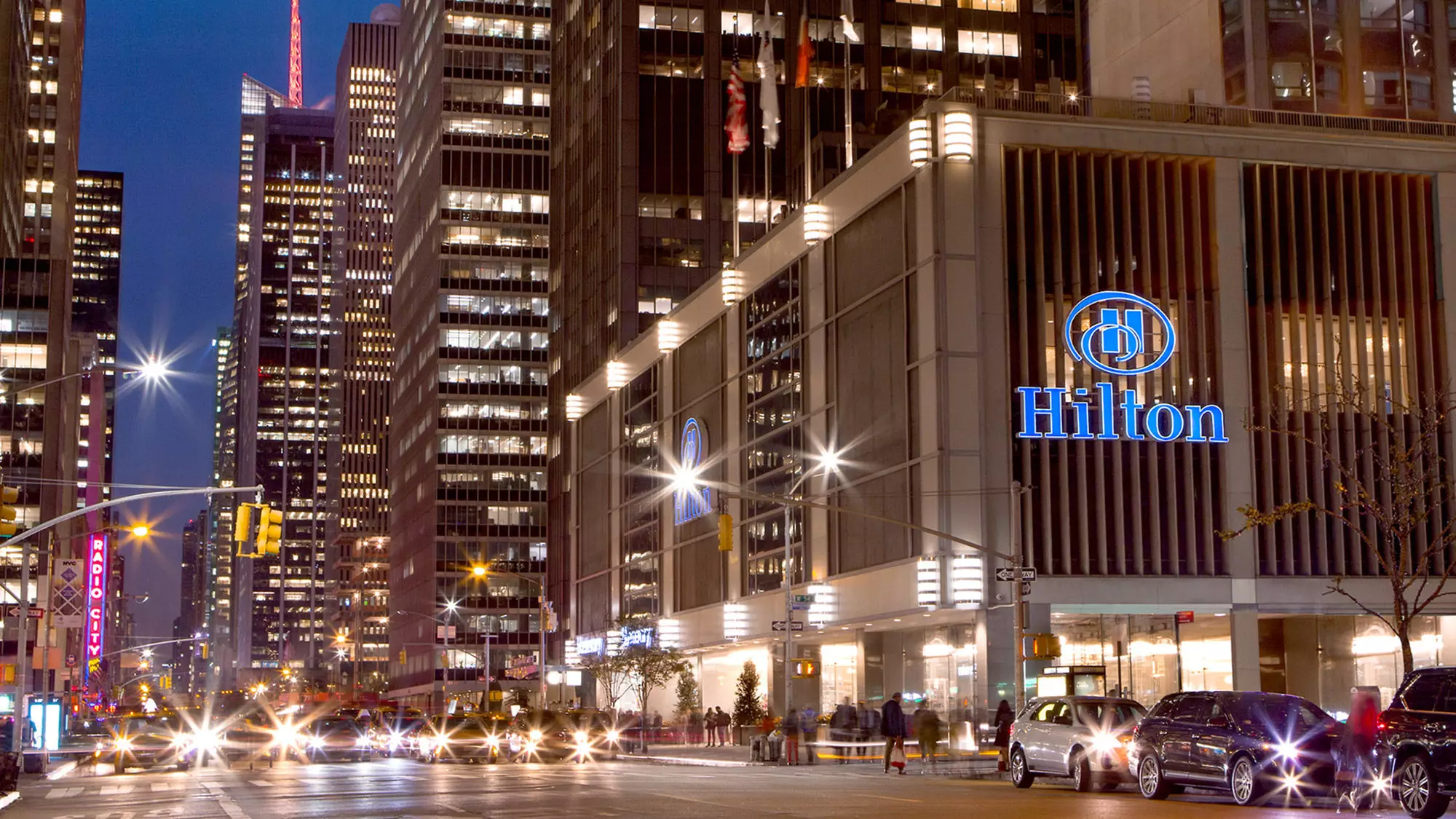The hospitality industry is no stranger to the ebbs and flows of economic uncertainty, and recent insights from Hilton’s CEO, Christopher Nassetta, illustrate how the company is strategically addressing the challenges ahead. During the company’s Q1 earnings call, Nassetta remarked that many travelers are currently adopting a “wait-and-see” approach. This sentiment reflects a broader pattern of cautious consumer behavior, particularly when economic conditions seem unpredictable. The first quarter of this year saw a modest dip in demand, signaling potential turbulence amidst a rapidly evolving landscape.
Nassetta highlighted how concern about macroeconomic factors intensified in March, leading to a notable impact on leisure travel demand. Hilton’s initial revenue per available room (RevPAR) growth forecast for 2025 of 2-3% has now been revised to reflect stagnation or possible declines. This is a significant shift, emphasizing the volatility that reigns in the travel sector. Despite reporting a 2.5% growth in RevPAR for the first quarter, the trajectory is a reminder that growth must be carefully monitored as market dynamics change.
The Strength of Group Business Amidst Challenges
Interestingly, group business emerged as a bright spot in Hilton’s performance for the quarter, showcasing a year-over-year increase of over 6%. While this segment typically strengthens during periods of recovery, signs suggest even it is beginning to show fatigue. Nassetta indicated a recent slowdown within this sector, raising the prospect of declining momentum in the coming months. At a time when many organizations are reassessing their travel budgets, group business remains vital for Hilton’s strategy.
Moreover, the resilience of business travel, which saw a modest 2% growth holds promise in maintaining overall revenue streams. However, it bears noting that leisure travel—the lifeblood of many hospitality businesses—only increased by 1%. This muted growth may reflect broader consumer hesitations and underscores a potential need for reevaluation in Hilton’s marketing and engagement strategies targeted at leisure travelers.
Anticipating Change with International Insights
Hilton’s reliance on inbound travel from Canada and Mexico—a crucial segment—has recently faced headwinds, experiencing declines in the high single digits. However, the company has adopted a pragmatic outlook. As Nassetta mentioned, the growth in international visitors from Asia, Europe, and the U.K. has allowed Hilton to offset some losses. This dynamic highlights a pivotal takeaway for the industry: the importance of adaptability in operations and marketing approaches in response to shifting traveler demographics.
While the reported rise in inbound travel revenue is promising, the volatility throughout the past quarter—strong in January, weaker in February, and flat in March—reveals the inherent risks in relying too heavily on specific markets. The exchange rate fluctuations, specifically the weaker dollar, might provide an unexpected boost in visitation from certain markets, presenting both opportunities and challenges as Hilton strives to optimize its international offerings.
Regional Performance Reveals Mixed Fortunes
A closer look at Hilton’s regional performance illustrates varied outcomes. With RevPAR increasing by 2.1% in the U.S. and a striking 8.5% in the Middle East and Africa, contrasting experiences emerge globally. Meanwhile, Asia Pacific has stagnated, particularly with a 3.1% decline in China. This disparity signals the need for tailored operational strategies in different regions to align more effectively with local market dynamics.
Despite the mixed results, travel remains a vital component of economic activity, and Nassetta’s forward-looking optimism is noteworthy. Instead of succumbing to an overwhelmingly pessimistic outlook, he advocates for the potential return of economic strength once market uncertainties stabilize—a narrative for cautious optimism.
Innovating the Future of Hospitality
Beyond immediate economic concerns, Hilton is not resting on its laurels but is occupying proactive space by planning an ambitious expansion of its brand portfolio. With plans to grow from 24 to at least 27 brands within two years, including a new lifestyle collection and an extended-stay concept, Hilton is encouraging a culture of innovation while chasing new market segments.
New branding initiatives with a dedicated approach to urban travelers and the extended-stay market signal Hilton’s adaptation to changing consumer preferences. The development of a concept between their existing Motto and Canopy brands reinforces their commitment to engaging diverse traveler demographics. In doing so, Hilton is not only ensuring survival but also positioning itself for growth in an often uncertain world, demonstrating a calculated approach to navigating future challenges.


Leave a Reply